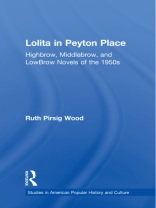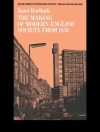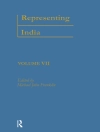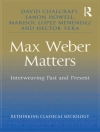This book analyzes the differences in content, reader expectation, and social/moral/ethical functions of the three types of novels in America of the 1950s. It challenges the notion that highbrow novels (Lolita ) do important cultural work while popular novels contribute to personal and social decay, and examines how time periods influence the moral content of novels. The book separates popular fiction into lowbrow (Peyton Place ) and middlebrow (Man in the Grey Flannel Suit ) and explains that lowbrow (like highbrow) evolves from the folklore tradition and contains messages about how to be a good man or good woman and how to find a satisfying niche in the social order. Middlebrow, on the other hand, evolves from myth tradition and relates lessons on what personal adjustments need to be made to succeed in the economic order. Middlebrow novels most reflect the time and place of their writing because conditions for economic survival change more than conditions for social survival. Arguing that what most distinguishes highbrow from lowbrow is the audience, highbrow writers try to separate from the flock; lowbrow writers to include. This study differs from such well-known studies of popular fiction as John Cawelti”s and Janice Radway”s in looking beyond the surface features of plot, character, and theme. The book also challenges arguments that novels in which marriage is women”s highest triumph and aggressive heroism men”s reinforce limiting cultural paradigms.
Ruth Pirsig Wood
Lolita in Peyton Place [PDF ebook]
Highbrow, Middlebrow, and LowBrow Novels of the 1950s
Lolita in Peyton Place [PDF ebook]
Highbrow, Middlebrow, and LowBrow Novels of the 1950s
Mua cuốn sách điện tử này và nhận thêm 1 cuốn MIỄN PHÍ!
định dạng PDF ● Trang 178 ● ISBN 9781317777502 ● Nhà xuất bản Taylor and Francis ● Được phát hành 2014 ● Có thể tải xuống 6 lần ● Tiền tệ EUR ● TÔI 2887430 ● Sao chép bảo vệ Adobe DRM
Yêu cầu trình đọc ebook có khả năng DRM









![Bìa của Paul H Barrett: The Works of Charles Darwin: Vol 8: Geological Observations on the Volcanic Islands Visited during the Voyage of HMS Beagle (1844) [with the Critical Introduction by J.W. Judd, 1890] Bìa của Paul H Barrett: The Works of Charles Darwin: Vol 8: Geological Observations on the Volcanic Islands Visited during the Voyage of HMS Beagle (1844) [with the Critical Introduction by J.W. Judd, 1890]](https://static.worldofdigitals.com/thumb_webp/350/9781315477350.webp)


